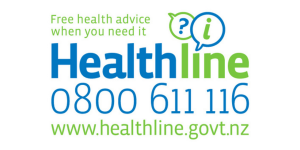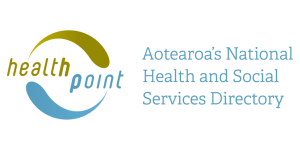Clonazepam for seizures
Sounds like 'kloe-naz-eh-pam'
Key points about clonazepam for seizures
- Clonazepam is used to treat and prevent seizures.
- It’s also called Paxam® or Rivotril®.
- Find out how to take it safely and possible side effects.

Clonazepam is used to treat and prevent seizures. It can also be used for other conditions and situations, but the information on this page only relates to the use of clonazepam for the treatment and prevention of seizures.
It belongs to a group of medicines known as benzodiazepines.
It works in your brain and the central nervous system.
In Aotearoa New Zealand, clonazepam is available as tablets (0.5 mg and 2 mg), liquid drops (2.5 mg in 1 mL) and an injection which is usually given in hospital. It’s only available on a prescription written by a prescriber.
Always take your clonazepam exactly as your healthcare provider has told you. The pharmacy label on your medicine will tell you how much clonazepam to take, how often to take it and any special instructions.
- Dose: The dose of clonazepam will be different for different people. Your healthcare provider will tell you the dose that’s right for you.
- Tablets: Swallow tablets with a small glass of water. You can take clonazepam with or without food.
- Liquid drops: Measure the number of drops you're taking onto a spoon and then swallow the dose. You can mix your dose with or without other liquids such as water, tea or fruit juice but make sure you drink the full cup so you get your full dose. Read more about giving clonazepam to children for preventing seizures(external link).
- Missed dose: If you forget your dose, take it as soon as you remember. But if it's nearly time for your next dose just take the next dose at the usual time. Don't take double the dose.
Here are some things to know when you're taking clonazepam. Other things may be important as well, so ask your healthcare provider what you should know about.
- Driving: Clonazepam can make you feel sleepy or dizzy. Be careful when driving or using tools until you know how this medicine affects you.
- Alcohol: Clonazepam can make you feel tired or dizzy. Limit or avoid drinking alcohol while taking clonazepam as alcohol may increase these side-effects.
- Keep taking clonazepam regularly: Treatment with clonazepam for seizures is usually long-term. You should continue to take it unless you're advised by your healthcare provider to stop. Speak to your healthcare provider before stopping.
- Other medicines: Clonazepam interacts with some medicines, herbal supplements and rongoā Māori, so check with your healthcare provider before starting clonazepam and before starting any new products.
- Pregnancy or breastfeeding: Talk to your healthcare provider if you're pregnant, planning a pregnancy or want to breastfeed. For more information, read:
Like all medicines, clonazepam can cause side effects, although not everyone gets them. If you're concerned about any symptoms you think might be related to your medicine, talk to your healthcare provider. The following information offers some guidance but doesn't include all possible side effects.
Common side effects
Tell your healthcare provider if these side effects bother you.
- Feeling sleepy, tired or dizzy: Be careful when driving or using tools until you know how this medicine affects you. These effects can increase the risk of falls, and injuries especially in older adults. Don’t drink alcohol – it makes these effects worse.
Tell your healthcare provider immediately or phone Healthline free on 0800 611 116 if these occur
- Mood changes, unusual behaviour or thinking, loss of coordination, confusion, memory loss, trouble concentrating, trouble speaking.
- Suicidal feelings or behaviour such as agitation, aggression, self-harm, worsening of low mood.
Phone 111 for an ambulance or go to your nearest accident and emergency (A&E) clinic if these occur
- Signs of an allergic reaction such as itchy skin, and rash, swollen lips or tongue, problems breathing, like a tight chest or shortness of breath.
Read more about medicines and side effects and reporting a reaction you think might be a side effect.
The following links have more information on clonazepam:
Clonazepam(external link) New Zealand Formulary Patient Information
Paxam tablets(external link) Medsafe Consumer Medicine Information, NZ
Rivotril® oral drops(external link) Medsafe Consumer Medicine Information, NZ
Brochures
Epilepsy medicines and pregnancy(external link) Medsafe, NZ, 2025
Medicines and side effects Healthify He Puna Waiora, NZ, 2024
5 questions to ask about your medications(external link) Health Quality and Safety Commission, NZ, 2019 English(external link), te reo Māori(external link)
Apps
References
- Clonazepam(external link) New Zealand Formulary
- Paxam® tablets(external link) Medsafe Datasheet
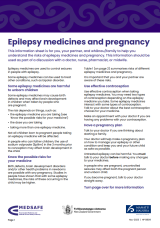
Epilepsy medicines and pregnancy
Medsafe, NZ, 2025
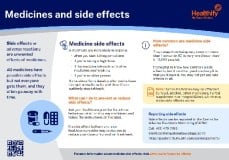
Medicines and side effects
Healthify He Puna Waiora, NZ, 2024
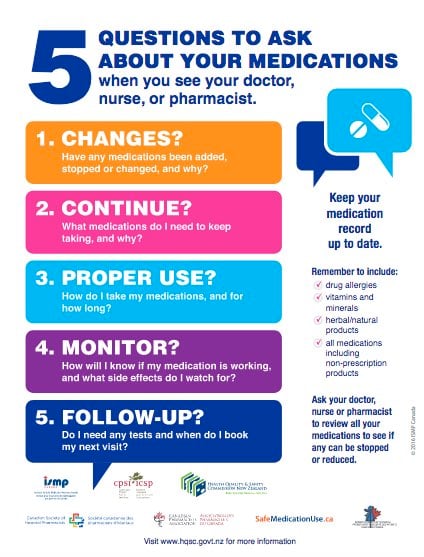
Health Quality and Safety Commission, NZ, 2019 English, te reo Māori
Credits: Healthify editorial team. Healthify is brought to you by Health Navigator Charitable Trust.
Reviewed by: Angela Lambie, Pharmacist, Auckland
Last reviewed:


